Thymesia is an action RPG that appears to be another dark, gritty Souls–like. Many subgenre trappings make up its tapestry: a dying world wracked by corruption, madmen, demons haunting every corner, and your character, charged with ending it all. While it does have a lot in common with the Souls games and others like them, it takes much more inspiration from Sekiro: Shadows Die Twice if you removed that game’s focus on traversal.
It’s a potent mix that, in hands less experienced, could easily become just another entry in a long line of average but uninteresting genre titles. You’ll find, however, that Thymesia is very much its own game, and though it wears its inspirations on its sleeve, everything from the combat to the customization to the all-important boss fights is top class.
Thymesia Review: A Cure for the Disease
Thymesia‘s gameplay revolves around three core mechanics: attacking, deflecting, and using Plague weapons. Attacking is easy enough to describe. Press the attack button and unleash one of three unlockable combos. Deflecting is similarly concise, especially if you’re familiar with Sekiro: hit the deflect button just as an enemy’s attack hits to negate the damage and return it to them.
Plague weapons are equipable energy versions of every weapon your enemies use, including bosses. In short, every enemy uses one weapon, and you can gather Skill Shards from slaying them to unlock the ability to use their armaments against them. Each Plague weapon has an upgrade tree and unique effects, each useful in specific situations.
Attacking, deflecting, and using Plague weapons all serve a single function: to apply Wounds to your target, a unique mechanic in Thymesia. In brief, every enemy has two health bars, white and green. The white bar is their total health. Beneath it is their green Wounds bar.
Depleting the white bar reveals the Wounds bar, which you can then deplete using Claw attacks. If you don’t clear the Wounds bar, the enemy will eventually heal back all the green to white, and your work is wasted.
Wounds are essentially Posture from Sekiro, but Thymesia adds the extra step of needing to deplete the Posture bar with Claw attacks rather than building with just weapon strikes. The system is different enough from its inspiration to remain fresh, and I found myself constantly engaged with the best ways to approach every new enemy.
Aggression is usually the key to success in Thymesia, with defense and caution used as learning tools more than survival. Bosses demand special attention; at their most aggressive, you’ll be deflecting more often than you can get a single Claw attack in. Also like in Sekiro, most boss fights boil down to staying in the boss’ face, deflecting when possible, and then Claw attacking during recovery.
Borrowing from a game as tightly built as Sekiro is not something to be done lightly. Thymesia does an admirable job of translating the deflect system into its own mechanics. If you’re a Souls fan and think you can come into Thymesia without much adapting, think again. This game will quickly teach you how punishing it can be, and unless you learn to play it how it wants to be played, don’t expect to get very far.
Fantastic Boss Battles
Souls-likes live and die by two factors: their combat and the quality of their bosses. I’m happy to say Thymesia comes out swinging, with the first boss acting as a high-quality introduction to the game’s ultimate challenges and a proper skill check.
I cannot think of a single boss I didn’t like in Thymesia, as they’re all different. A few are fast and force you to learn on the fly. Others are more for the spectacle and require puzzle-solving skills. The few truly outstanding examples do both, with set-piece moments that necessitate improvisation and creative thinking to survive.
The quality on display is thanks to the same constraints Thymesia puts on its design. Corvus, the character you control, has no equipment or weapon customization available. His core abilities will always be attack, deflect, and Plague weapons. The changes you can make to his kit do not significantly alter how he functions at his core, so the designers could create boss encounters with much more precision.
Are any of Thymesia‘s bosses as good as Sword Saint Isshin or Owl (Father)? No, but a couple of them get within spitting distance of that bar. The final boss, in particular, is a Testament to the skill of Thymesia‘s designers because what they pull off is devilishly difficult and is worth the 10 to 15 hours you’ll spend reaching it.
Not everything is perfect, of course. There is some heavy — and visible — input reading from the more humanoid opponents, a problematic trait Thymesia shares with Elden Ring. A few of the easier bosses are nothing more than damage sponges with limited attacks and uninteresting mechanics. The worst offender isn’t so much a boss as it is a level with hazards, and not very fun hazards at that.
None of these issues take away from either spectacle or the fun of the fights. They do reduce the quality of the game’s boss fights taken as a whole, but none of them are bad enough on their own to spoil the whole pot.
Bog Standard Dark Fantasy World and Story
Thymesia‘s weakest points are what usually make Souls games so beloved: its story and world. Early in my playthrough, I considered Thymesia‘s level design to follow Demon’s Souls, but the more I played, the more I realized it was a pale shadow of Dark Souls III‘s. Most levels boil down to two or three straight lines interconnecting at singular points.
Worse, while levels are visually distinct, none are particularly interesting, relying on single colors for definition and bog-standard fantasy tropes for their visual storytelling. I wish there were more to say, but I simply wasn’t captured by any of the environments I explored.
The story and its delivery are similarly disappointing. Rather than being delivered in item descriptions and NPC dialog, the narrative of Thymesia‘s past is made up of notes you find on the ground or tables. Without other context clues for what a message means, I often would quickly close the story window and go on my way.
When I did read something, I found the same tired cliches you can find in any generic dark fantasy novel. Men are horrible to one another. The nobles knew how bad things were but didn’t care. Do not experiment with powers you don’t understand, and those that do are corrupted completely. Etc. Etc.
None of the levels do a great job of giving context for the story, either. The first area, the Sea of Trees, is ostensibly a forsaken carnival that fell to corruption following foul experiments. The carnival trappings are all there, but they’re buried beneath a visual sludge of different shades of brown.
Difficulty, Music, and More
Thymesia‘s difficulty curve follows a traditional path for the first few levels and subquests, but once you’ve upgraded your Potion healing items and have a firmer grasp on the deflect mechanic, the late-game becomes something of a cake-walk.
I died dozens of times against Odur, the first boss and a major skill check. The final few bosses only took me two or three tries, not because they were enjoyable or well-designed, and not because they weren’t difficult, but because I had so many tools and safety nets that I could afford to make mistakes and not be punished.
The character skill tree, called Strategies, has tons of ways to take attacks and situations that would have killed you and negate them almost completely. Having a fully-upgrade Potion makes even the toughest challenges much less daunting, as you can be back at full health and in the fight in seconds.
Thymesia is a game that is partly as hard as you make it. Shotgunning the main campaign alone will see you face a much greater challenge than taking your time and exploring everything it has to offer. On the flip side, this is a game that genuinely rewards mastery, and the satisfaction of defeating a boss or troublesome enemy without healing once is unsurpassed. Some of the best content might be hidden behind occasional busy work, but find the worthwhile stuff, and you’ll be more than satisfied.
You don’t need to hunt for good music, either, as Thymesia‘s soundtrack is pretty good. It doesn’t reach the heights of any mainline Souls games, but it far exceeds almost all the other Souls-like competition. None of the tracks are particularly memorable, but they all fit their linked encounter and set the tone for each level.
Thymesia Review — The Bottom Line
Pros
- Fantastic combat system.
- Amazing boss fights.
- High but manageable difficulty.
Cons
- Poor level design.
- Uninspired story.
- Some uninteresting bosses.
Thymesia is one of the best Souls-likes not to come from FromSoftware, full stop. It also stands firmly on its inspirations while finding its own character from within them. It’s not perfect, with some of the most valuable aspects (story and level design) being some of its weakest points, but between its stellar boss battles and well-realized combat, there’s a lot to love here.
If you played too much Elden Ring and are looking for something to provide a relatively bite-sized but tightly packed Souls experience with multiple endings, this is the game for you.
[Note: Team 17 provided the copy of Thymesia used for this review.]

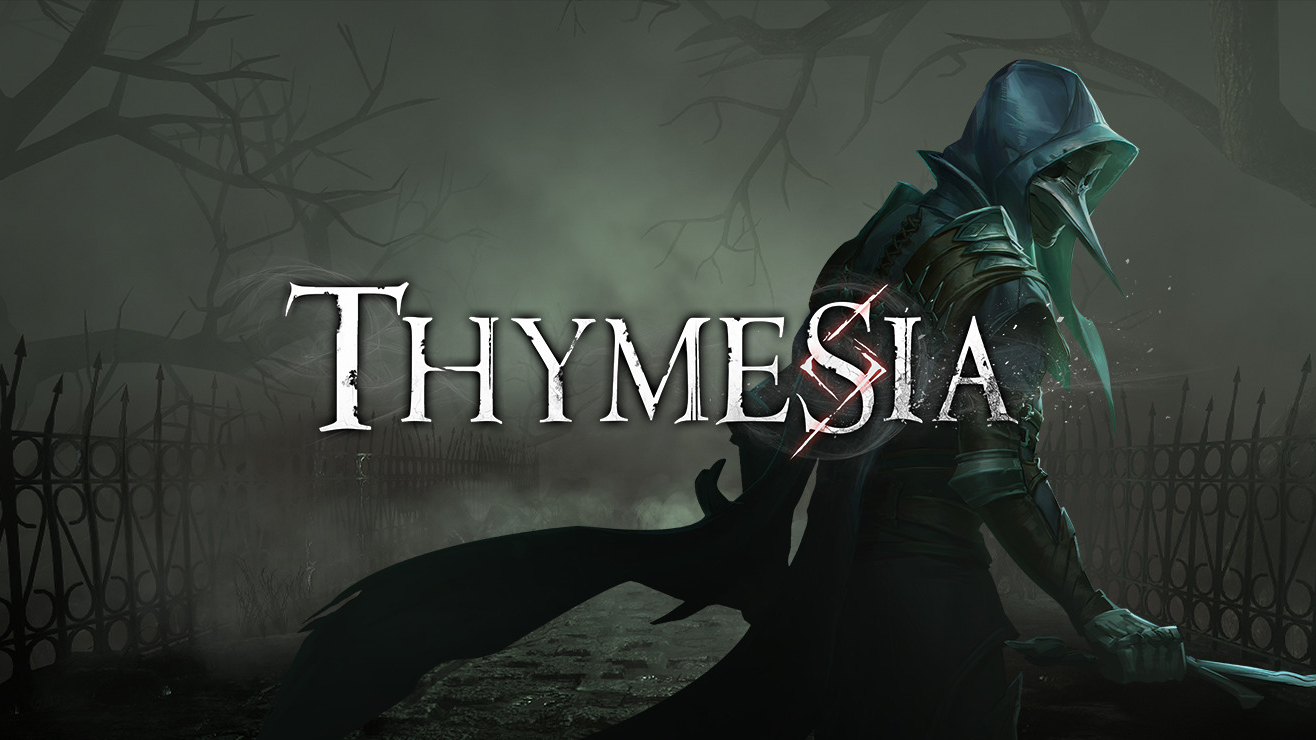
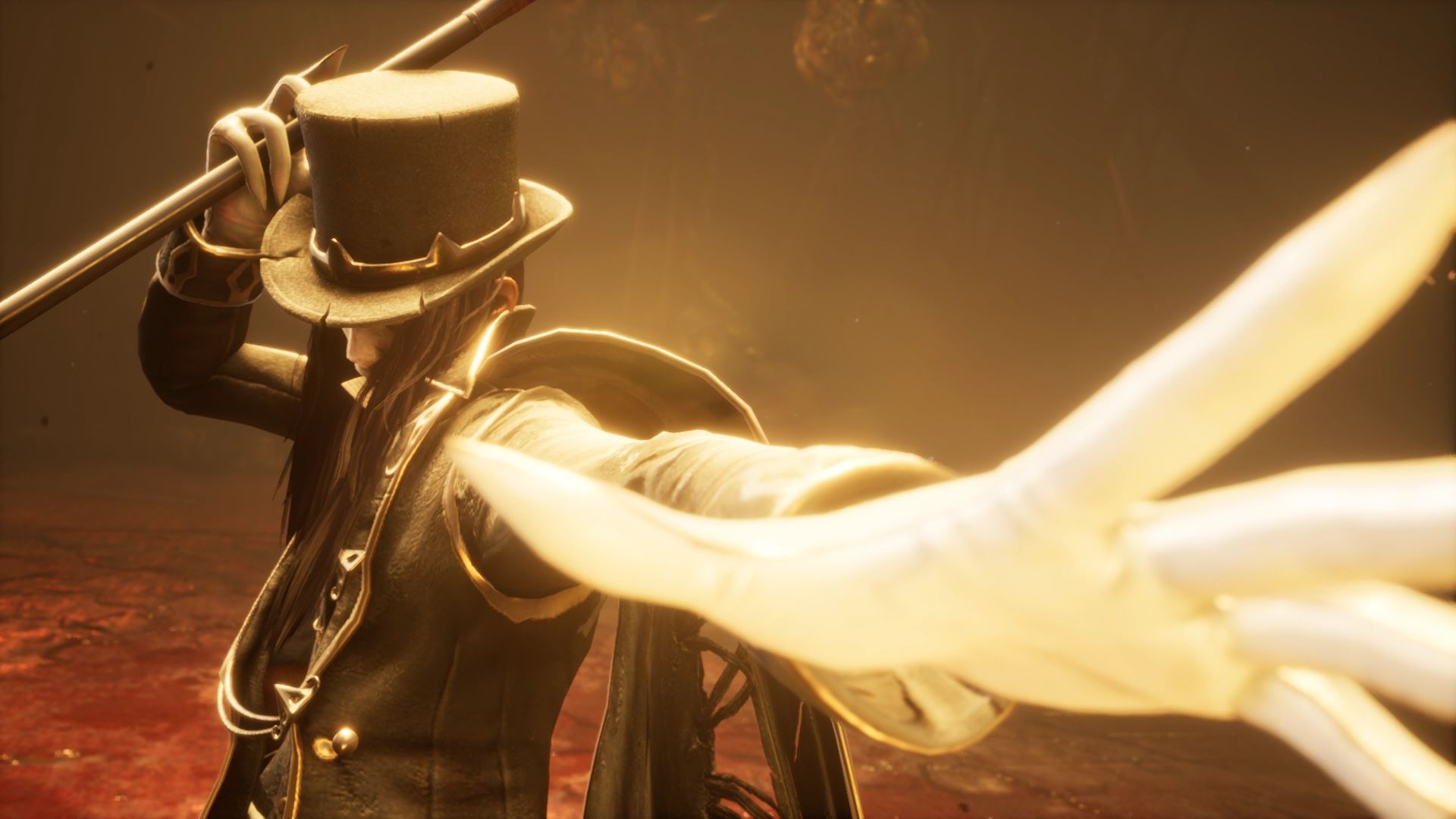
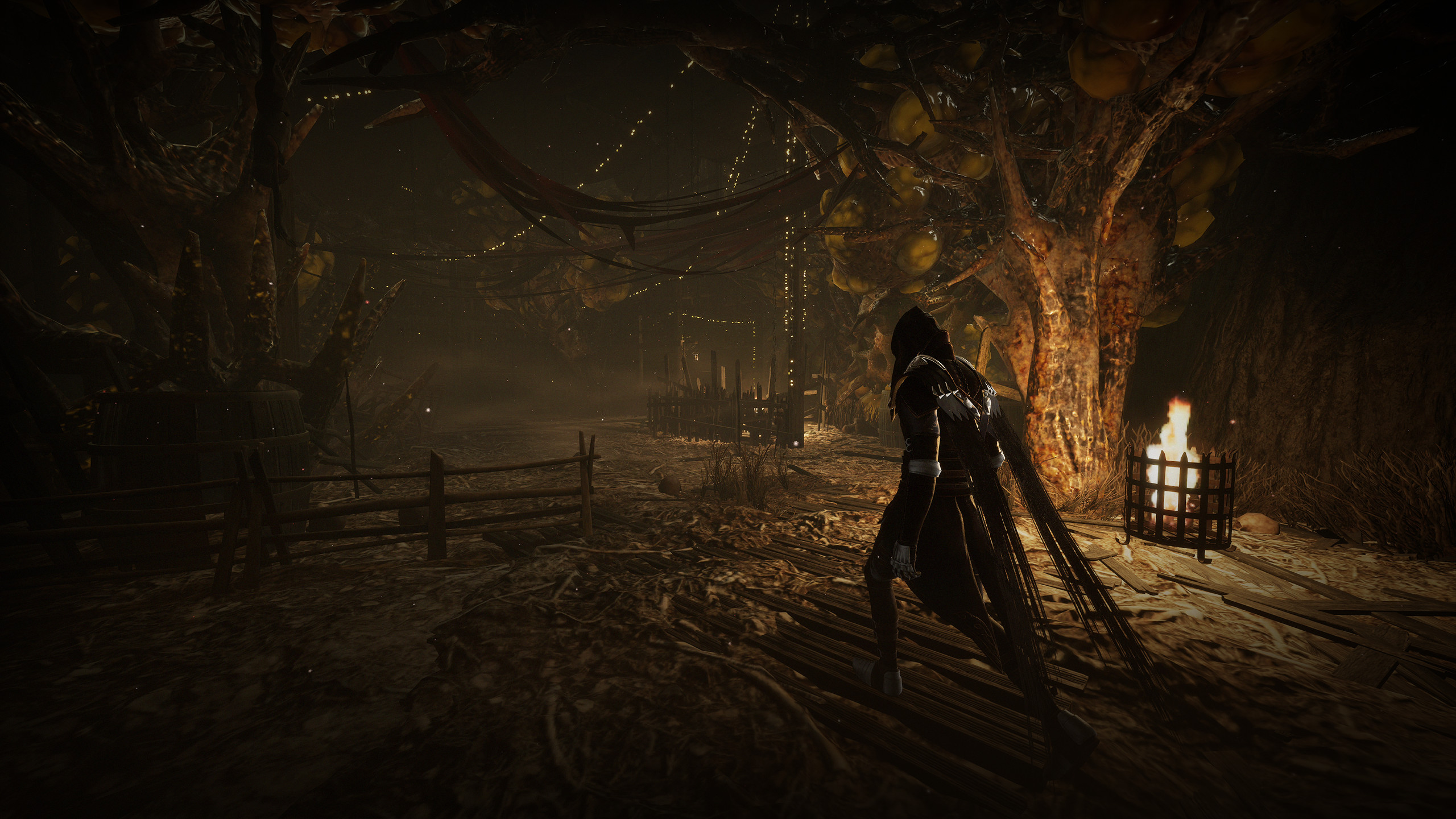
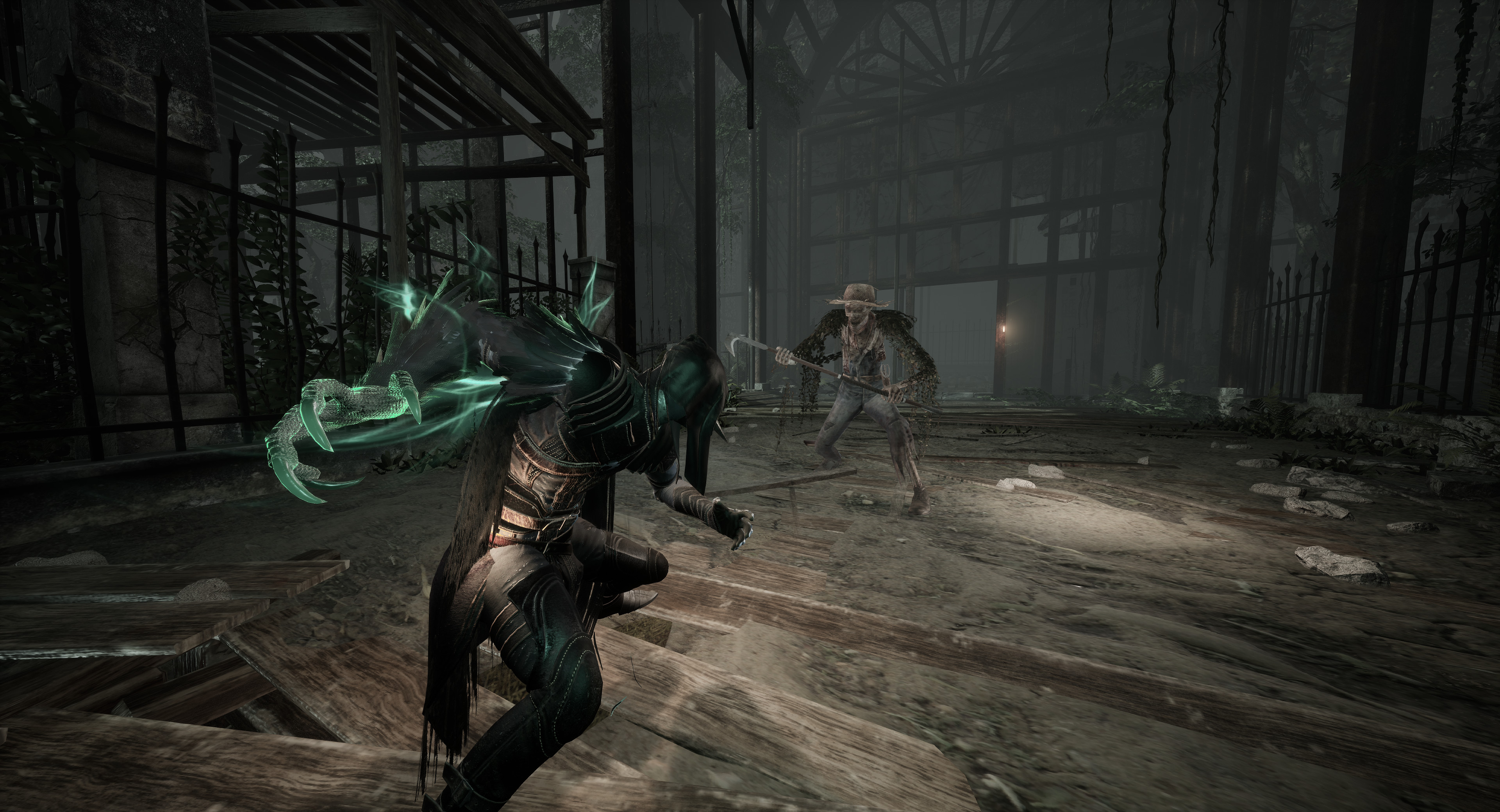
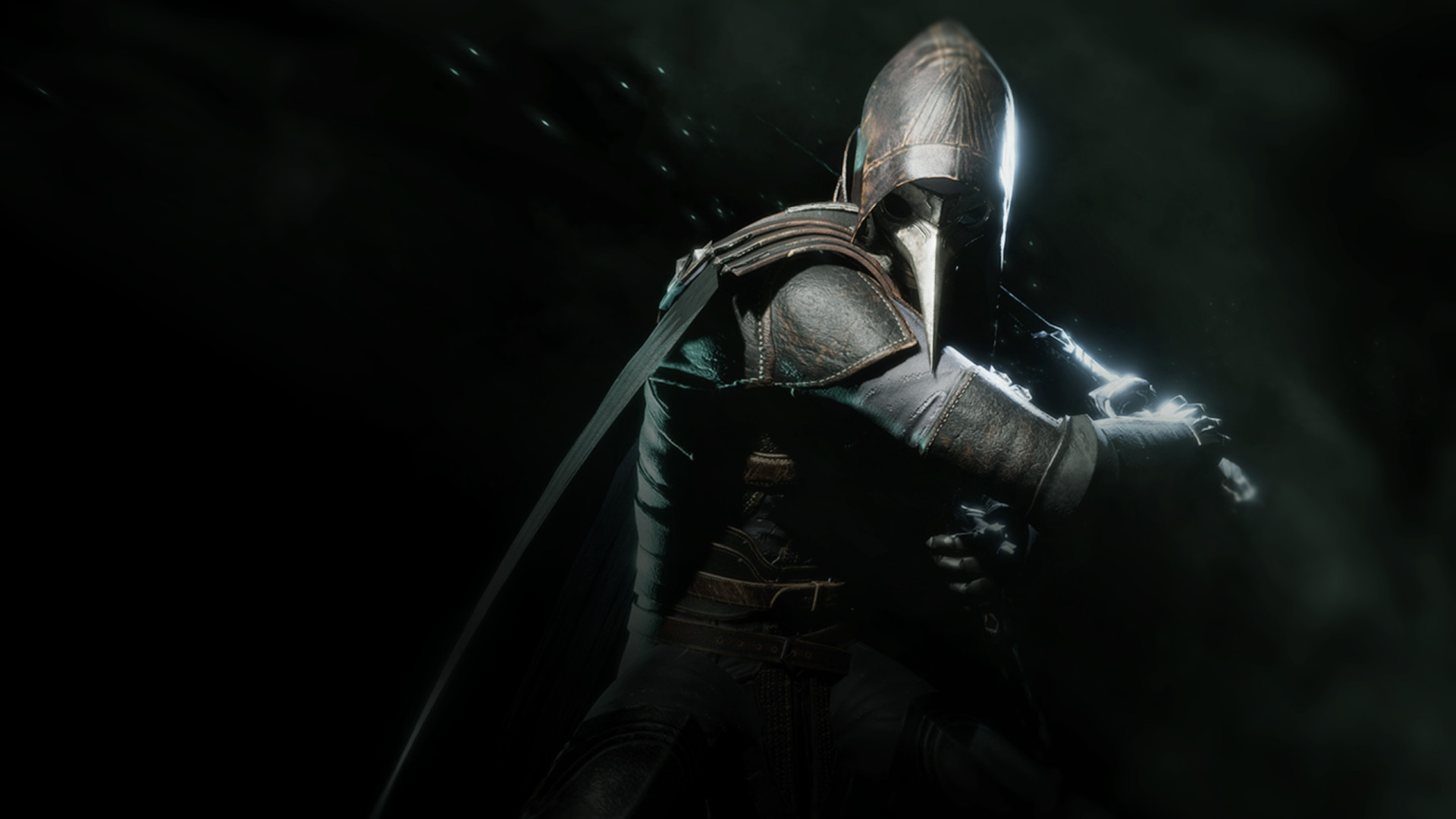





Published: Aug 15, 2022 6:31 PM UTC